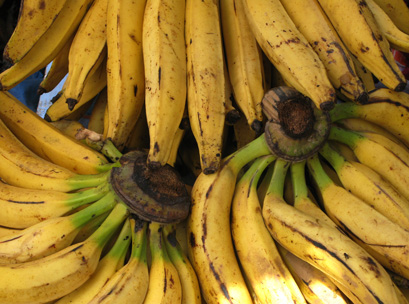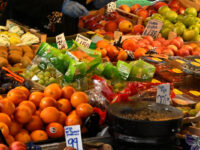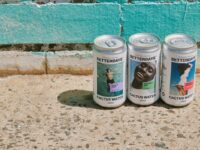 Recent trials testing plastic crates as an alternative to cardboard cartons for the banana industry have returned positive results for growers and other members of the supply chain, according to Chep Australia.
Recent trials testing plastic crates as an alternative to cardboard cartons for the banana industry have returned positive results for growers and other members of the supply chain, according to Chep Australia.
In early estimates carried out by logistics and supply chain company, Chep Australia, the transition could yield a potential 10 to 15 per cent cost saving, while also reducing damage to the fruit when using crates compared with cartons.
Earlier this year, a trial involved using more than 200 crates to pack a combination of Lady Finger and Cavendish bananas at a trial site in northern NSW, with fruit sizes ranging from 15kg XL, 13kg XL and 13kg large.
Wholesaler, PW Chew, who helped manage the transport, ripening, and distribution processes of the operation, says the ability to cross-stack crates, and the greater crate integrity over cartons, are huge bonuses for the banana industry.
“The greater stability that is available in cross-stacking has shown to be of great benefit to the integrity of the bananas. By the time they were ripened for retail, the initial trials indicated that there was less rub marking, bruising due to movement and neck damage in comparison to the same fruit packed in cartons from the same district,” Mark Bradshaw, operations manager, PW Chew, said.
“Cooling and ripening of the fruit was far more efficient too with the crates as you are not cooling the cardboard as well as the fruit. As a result, airflow, temperature and humidity are more consistent around the ripening room, which means we save nearly a day in ripening.”
The current design features of the reusable plastic crates include smooth walls and a waved base to minimise damage to bananas, improved ventilation, and a footprint to suit Australian pallets, with six crates per layer.
CHEP Australia business development manager, Nick Jones, said, “The trial gave all parties involved an opportunity to learn from each other to find the best packing methodology, supply chain logistics and retail requirements”.
“The structural integrity of a plastic crate means that the weight bearing of a stacked pallet is through the crate, not a carton so it won’t compress,” Jones said.
“Compression damage to fruit from cartons is a major problem for the industry. Very early on in the trial, it became evident that the use of a slitted liner would be beneficial. The combination of plastic crates and liner bags allow for gases to flow through the bag giving a more consistent ripening colour.
“From a ripening perspective we found the crates delivered consistent half-colour ripening to levels between stage three and four, compared with cardboard. One retailer commented that if they could have consistent colour at stage 3.5, then they will be able to increase their rate of sales,” Jones said.
The next phase in the trials of the plastic crates will be to conduct studies in northern Queensland to assess the crate performance over longer distances to the major capital cities. The next round of trials will commence this month.















